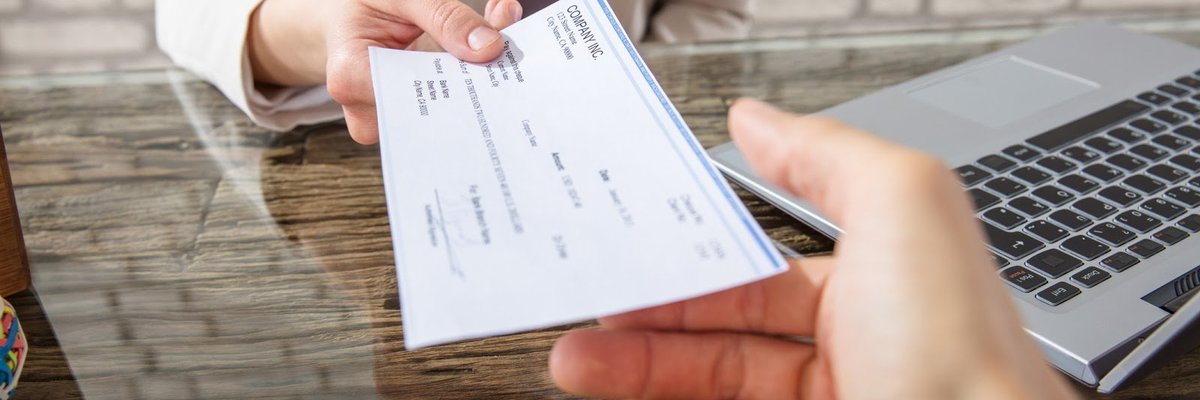Got $10K Sitting in Checking? Here's What Banks Don't Want You to Know in June 2025

Image source: Getty Images
If you've built up a $10,000 cushion in your checking account, that's a solid place to be. But after years of writing about personal finance, I can tell you this: Where you keep your money matters just as much as how much you've saved.
And if that $10,000 is sitting in a checking account earning 0.01%, it's doing more for your bank than it is for you.
Checking accounts still pay almost nothing
Even in June 2025, with interest rates still elevated, most major checking accounts are paying little to no interest. Think 0.01% or 0.02%, tops. That means $10,000 earns you… about a buck per year.
That same $10,000 in a top high-yield savings account could be earning you 4.00% or more -- more than $400 a year in interest, with zero market risk.
Banks profit when you stay lazy
Here's what most people don't realize: Your bank uses your idle cash to fund loans, earn interest, and make money on their end. The less you move your money, the better it is for them.
That's why they're in no rush to raise checking rates. They're betting you won't notice or won't bother switching.
But if you're holding thousands of dollars in checking that you don't need for everyday spending, you're leaving money on the table.
Better options for that $10,000
If you've got $10,000 sitting in checking, the smartest first move is to get it into a high-yield savings account.
These accounts are paying close to 4.00% or more right now. You still have easy access to your money, just without letting it sit there earning pennies.
Even if you're not ready to invest or make a big financial shift, this is a no-brainer step anyone can take.
You can earn almost 10 times the national average rate with a CIT Platinum Savings account (4.00% APY for balances of $5,000 or more). Click here to open an account and stop leaving money on the table.
Once you've moved your cash to an HYSA, here's what to consider next:
- Have longer-term goals? You might want to put part of that money to work in a brokerage account -- even a simple index fund can go a long way over time. See the best brokers to get started.
- Not sure how far your savings will take you? Use professional help to see if you're on track for retirement, and what reallocating that cash could do for your future. Our partner SmartAsset's no-cost quiz makes it easier to find a fiduciary financial advisor.
But it all starts with moving your money out of checking. That one step alone can turn a lazy $10,000 into real momentum.
Even small moves add up fast
Let's say you move $10,000 to a high-yield savings account earning 4.00%. That's roughly $400 in interest over the next year. Leave it in your checking account and you'll earn about $1.
Multiply that by five or 10 years, and that "no big deal" habit could quietly cost you thousands.
You've got options. Don't let your bank be the only one benefiting from your balance.
Our Research Expert
We're firm believers in the Golden Rule, which is why editorial opinions are ours alone and have not been previously reviewed, approved, or endorsed by included advertisers. Motley Fool Money does not cover all offers on the market. Motley Fool Money is 100% owned and operated by The Motley Fool. Our knowledgeable team of personal finance editors and analysts are employed by The Motley Fool and held to the same set of publishing standards and editorial integrity while maintaining professional separation from the analysts and editors on other Motley Fool brands. Terms may apply to offers listed on this page. APYs are subject to change at any time without notice.